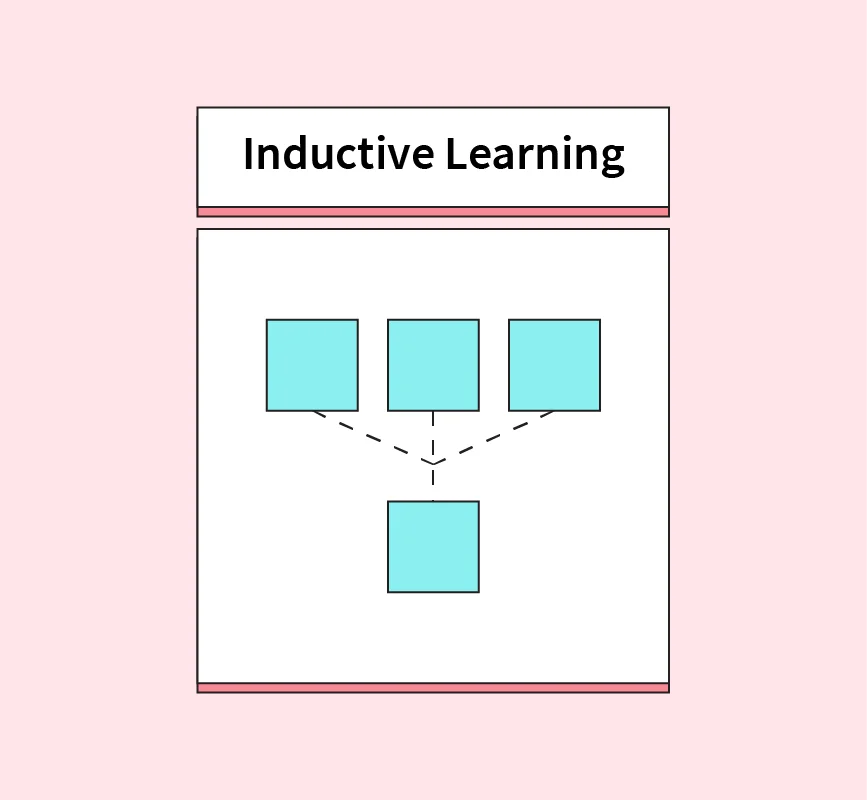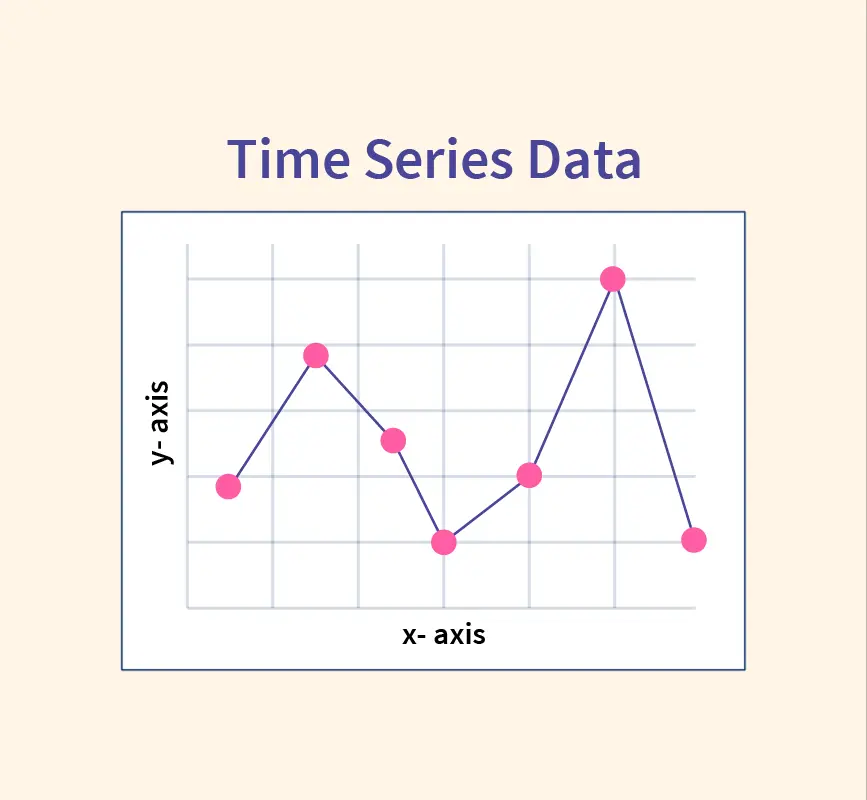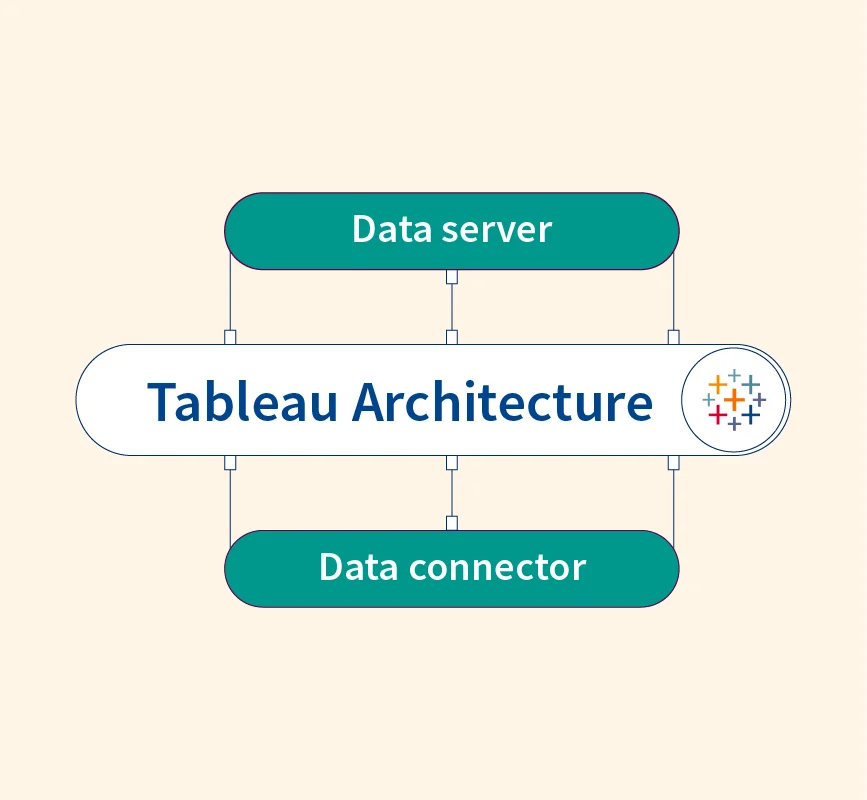Problem-solving agents are an essential part of artificial intelligence (AI), designed to tackle complex challenges and achieve specific goals in dynamic environments. These agents work by defining problems, formulating strategies, and executing solutions, making them indispensable in areas like robotics, decision-making, and autonomous systems.
Historically, problem-solving agents have evolved significantly. Early AI systems were limited to solving basic logical problems, but with advancements in computing power and algorithms, modern agents can now address more dynamic and unpredictable challenges, paving the way for real-world applications like game-playing AI and self-driving cars.
Types of Problems in AI
In AI, problems are classified based on their characteristics and how they affect the problem-solving process. Understanding these types helps in designing effective problem-solving agents.
Classification Criteria
AI problems can be categorized into three main types:
- Ignorable Problems: Problems where certain steps can be disregarded without impacting the outcome.
- Recoverable Problems: Problems where mistakes can be corrected or undone.
- Irrecoverable Problems: Problems where actions are permanent, requiring careful planning.
Each type has unique implications for AI agent design and strategy.
1. Ignorable Problems
Definition: These are problems where certain solution steps can be skipped or ignored without affecting the overall outcome.
Characteristics:
- Simpler problem structure.
- Lesser computational resources required.
Examples:
- Optimization tasks where some variables have negligible impact, like tuning hyperparameters in a machine learning model.
2. Recoverable Problems
Definition: Problems where agents can undo or correct their actions, allowing flexibility in the problem-solving process.
Characteristics:
- Reversible actions.
- Lower risk compared to irrecoverable problems.
Examples:
- Decision-making in game-playing AI, where moves can be adjusted based on opponent actions.
3. Irrecoverable Problems
Definition: Problems where actions are irreversible, making careful planning critical.
Characteristics:
- High-risk problem-solving.
- Requires precise execution.
Examples:
- Autonomous vehicle navigation, where a wrong action (e.g., crossing a red light) can lead to permanent consequences.
Steps in Problem Solving in Artificial Intelligence (AI)
Problem-solving in AI involves a systematic process where agents identify a challenge, develop strategies, and execute solutions to achieve a goal. Below are the key steps:
1. Problem Identification
- What It Is: Recognizing and defining the problem within the environment.
- Example: An AI assistant identifying a user request, such as booking a flight or finding a nearby restaurant.
2. Formulating the Problem
- What It Is: Structuring the problem in a way the AI agent can understand and solve, often using state-space representation.
- Example: Representing a chessboard as a state space, where each move changes the state.
3. Strategy Formulation
- What It Is: Developing a plan to navigate from the initial state to the goal state. This includes selecting appropriate algorithms or heuristics.
- Example: Using A* search to find the shortest path in a navigation system.
4. Execution and Monitoring
- What It Is: Implementing the chosen strategy while continuously monitoring its effectiveness.
- Example: A robot vacuum executing a cleaning path and adjusting if it encounters obstacles.
5. Learning and Adaptation
- What It Is: Learning from experiences to improve future problem-solving abilities. This often involves reinforcement learning or machine learning techniques.
- Example: A self-driving car improving its route planning after encountering unexpected traffic patterns.
Components of Problem Formulation in AI
1. Initial State
- What It Is: The starting point of the problem-solving process.
- Example: In a chess game, the initial state is the standard arrangement of pieces on the board.
2. Actions
- What It Is: The set of possible actions an AI agent can take to move from one state to another.
- Example: In a navigation system, actions could include moving left, right, up, or down.
3. Transition Model
- What It Is: A description of how actions change the current state into a new state.
- Example: In a game, moving a pawn forward changes the board configuration.
4. Goal Test
- What It Is: The criteria to determine whether the goal has been achieved.
- Example: In a puzzle-solving task, the goal test checks if the puzzle pieces are arranged correctly.
5. Path Cost
- What It Is: The cumulative cost associated with a sequence of actions leading to the goal.
- Example: In a delivery system, the path cost could be the total distance traveled.
Techniques for Problem Solving in AI
AI agents use a variety of techniques to solve problems efficiently. These techniques include search algorithms, constraint satisfaction methods, optimization techniques, and machine learning approaches. Each is suited to specific problem types.
1. Search Algorithms
a. Uninformed Search
These algorithms explore the problem space without prior knowledge about the goal’s location.
- Examples:
- Breadth-First Search (BFS): Explores all nodes at one level before moving to the next.
- Depth-First Search (DFS): Explores as far as possible along a branch before backtracking.
b. Informed Search
These algorithms use heuristics to guide the search process, making them more efficient.
- Examples:
- A Search:* Combines path cost and heuristic estimates to find the shortest path.
2. Constraint Satisfaction Problems (CSP)
- Definition: Problems where the solution must satisfy a set of constraints.
- Techniques:
- Backtracking: Systematically exploring possible solutions.
- Constraint Propagation: Narrowing down possibilities by applying constraints.
3. Optimization Techniques
a. Linear Programming
- What It Is: Optimizing a linear objective function subject to linear constraints.
- Example: Allocating resources to maximize profit in a factory.
b. Metaheuristics
- What It Is: Approximation methods for solving complex problems.
- Examples:
- Genetic Algorithms: Mimic natural evolution to find solutions.
- Simulated Annealing: Gradually refine solutions by exploring nearby states.
4. Machine Learning
a. Supervised Learning
- What It Is: Learning from labeled data to make predictions.
- Example: Predicting house prices based on historical data.
b. Reinforcement Learning
- What It Is: Learning optimal behaviors through rewards and penalties.
- Example: Training a robot to navigate a maze by rewarding correct moves.
5. Natural Language Processing (NLP)
a. Language Understanding
- What It Is: Processing and interpreting human language.
- Example: Voice assistants like Siri understanding spoken commands.
b. Applications
- Examples:
- Chatbots for customer support.
- Translation tools like Google Translate.
Conclusion
Problem-solving agents are at the heart of artificial intelligence, enabling systems to tackle challenges across diverse domains. By understanding the components of problem formulation, identifying problem types, and applying appropriate techniques such as search algorithms, constraint satisfaction, optimization, and machine learning, AI agents can achieve remarkable efficiency and adaptability.
Key Takeaways:
- Types of Problems: Ignorable, recoverable, and irrecoverable problems guide how AI agents approach solutions.
- Steps in Problem Solving: From identifying the problem to learning and adapting, each step ensures a structured approach.
- Techniques: Tools like search algorithms, CSP, and reinforcement learning make AI systems versatile and capable of handling complex tasks.


